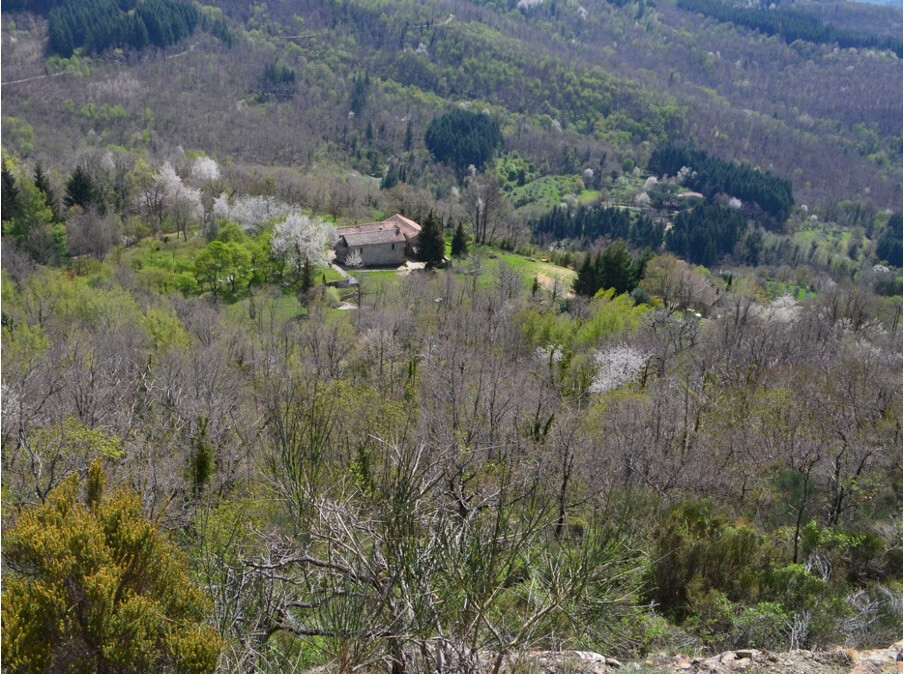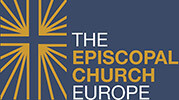April 3, 2021
Earth Day 2021 – A New Beginning?
There’s so much happening in climate & creation care in 2021 - that there is growing optimism that the UN COP conference in November will provide a fresh impetus for the urgent action that’s needed to save our biosphere. But as Earth Day approaches it’s worth asking the question: will it be a case of just in time or too little too late ?
There are three indicators that the debate has moved from “is there a climate crisis, really?” to “what should we do to prevent it?” And more importantly “how fast can we get it done?” First, the financial services industry has finally ceased to see climate change as an irrelevant nuisance and has started to understand the potential balance sheet impact. As evidence, I would submit Larry Fink, CEO of BlackRock the world’s largest investment manager. In his 2021 annual letter to the CEO’s of America’s listed companies, he said[1]:
In January of last year, I wrote that climate risk is investment risk. I said then that as markets started to price climate risk into the value of securities, it would spark a fundamental reallocation of capital. Then the pandemic took hold – and in March, the conventional wisdom was the crisis would divert attention from climate. But just the opposite took place, and the reallocation of capital accelerated even faster than I anticipated.
From January through November 2020, investors in mutual funds and ETFs invested $288 billion globally in sustainable assets, a 96% increase over the whole of 2019. I believe that this is the beginning of a long but rapidly accelerating transition – one that will unfold over many years and reshape asset prices of every type. We know that climate risk is investment risk. But we also believe the climate transition presents a historic investment opportunity.
If Larry Fink believes that the climate crisis is an “investment opportunity” then you can be confident a lot of smart money, including your pension fund, will follow his move.
The second reason for optimism is that economic actors are beginning to put in place international standards for the measurement and tracking of carbon emissions. The move to net zero carbon requires a huge transformation of our economy and the active participation – nay leadership - of governments, business, local communities, NGO’s, the educational sector and, yes, churches as well. The industrial revolution born in the mid 19th century and perfected over the last 170 years was literally powered by fossil fuels we now understand are responsible for CO2 and SOx pollution that could end life on earth.
For too long, markets have had no generally accepted mechanism to price the long-term risks associated with environmental and associated social challenges, whether climate change, resource constraints, or economic inequality and racial injustice. To ensure greater resilience and make tangible progress, a comprehensive system of disclosure that includes sustainability metrics are required.
The International Accounting Standards Board (IASB) whose financial accounting standards are generally accepted in more than 140 countries has set up the Sustainability Standards Board to improve the quality and comparability of sustainability disclosure. The work is slow, arcane and tedious to the outsider, but nevertheless such an engagement is needed to ensure that the transition to a carbon neutral economy brings people and organizations along with a level playing field and transparency that ultimately promotes healthy competition.
The third reason for optimism is a clearer understanding in our society of the linkages between climate change, economic inequality and food security. We have seen in 2020 how the COVID-19 pandemic disproportionately impacted people in low wage jobs especially in hospitality, leisure, travel and retail sectors. Many have been laid off, some survive only with the help of government allowances. Extreme weather events disproportionately affect people living in low lying areas from Florida to Bangladesh and people living in simple housing. As temperatures rise, so also deserts encroach on lands hitherto fertile, pushing semi-nomadic peoples and their communities elsewhere and into conflict with neighbours.
These linkages are what’s driving governments and companies to raise ESG (Environmental, Social and Governance) standards. Indeed, in 2020, the EU, UK, China, Japan and South Korea all made commitments to achieve net zero emissions. Cynics will argue that by 2050 none of the politicians or CEO’s making these commitments will be alive, much less in power to be held accountable for success or failure. Still, with the Biden administration re-joining the Paris Agreement, 127 governments in all have already started to implement commitments to net zero.
I’m optimistic about the progress based on the last 12 months. We all need to make our voices heard as voters, consumers, investors but above all as Christians. 2050 is a long time from now and we need to hold leaders accountable for interim measures of progress.
If you want to do more now, I encourage you to support a project at Santa Maria by adopting a share of the forest there. Santa Maria a Ferrano is a retreat center for art, spirituality, and creation care and a specialized mission within the Convocation of Episcopal Churches in Europe. You can support the care of 600 trees covering 1000m2 for a yearly gift of 100 Euros. Santa Maria will document the development of the woods and periodically send out reports with photographs and stories to all who hold shares. Don’t hesitate to get into contact with Thomas Müller via email to learn more.
Stephen Squire
Climate & Creation Care Taskforce Chair
From Theory to Practice: Santa Maria a Ferrano

Santa Maria a Ferrano is located in the municipality of Pelago - Metropolitan Area of Florence, Italy - at 620 meters above sea level, surrounded by forest, olive groves and meadows. It includes approximately 60,000 square meters of mostly re-grown acorn and old chestnut woods.
Santa Maria a Ferrano is a recognized, Italian non-profit association, which has among its purposes the protection and enhancement of its property. It is in the process of developing its forested land as an ecological and educational resource and model: through conservation of its arboreal heritage, planting of new trees of beneficial environmental impact, improved access, and restoration of its drystone walls and historic terraces. Interventions are aimed at counter- balancing the environmental impact of human carbon emission and providing an opportunity for learning about safeguarding the balance between nature and man. They also intend to make better known a peasant culture that over centuries has cultivated the land in harmony with nature.
An ecological and educational forest at Santa Maria a Ferrano
Aims
- Improve the biodiversity and quality of the forest
- Help mitigate the effects of climate change
- Develop an educational environment for care of creation
Possible, interested parties
- The Convocation, members of its parishes and missions, and its friends
- Other individuals and communities committed to earth stewardship
- Young people as well as adults interested in creation care and in volunteering
- All who are interested in supporting a project for the improvement of our natural environments and contributing positively to our climate (e.g. carbon offsetting)
First actions
- Creating safe access to the forest
- Producing a map and inventory of the forest (trees, paths, stone walls...)
- Inviting people with particular knowledge and experience potentially helpful for the project
- Evaluating the multifunctional potential of the forest
- Communication of objectives and action plans to stakeholders
- Gathering the stories/story of the woods through the memory of those who have known it, worked and gathered there (the older, local population of Ferrano)

[1] Available at: https://www.blackrock.com/institutions/en-us/insights/2021-larry-fink-ceo-letter
